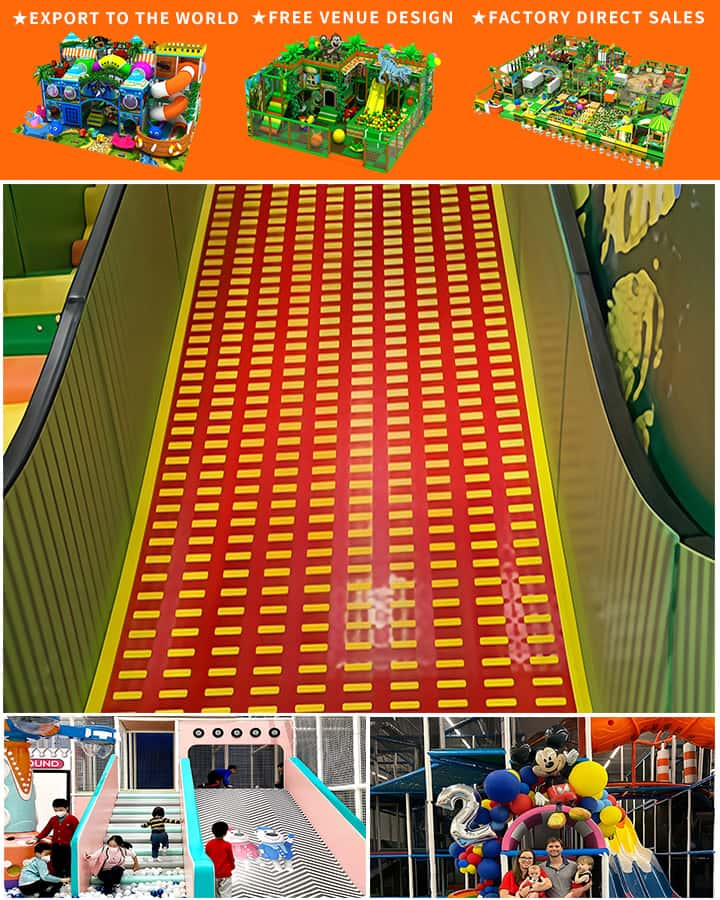In the modern world, where urbanization and screen time are becoming increasingly prevalent, finding a suitable environment for children to play can be quite challenging. Indoor children’s play areas have emerged as a popular solution, offering a safe, engaging, and educational experience for kids of all ages. This guide will provide an overview of indoor children’s play areas, their benefits, and tips on how to choose the best one for your child.
What is an Indoor Children’s Play Area?
An indoor children’s play area is a designated space within a building, such as a shopping mall, community center, or specialized facility, designed specifically for young children to engage in physical activities, social interactions, and imaginative play. These areas are typically filled with age-appropriate toys, play structures, and interactive equipment that promote physical development, cognitive growth, and emotional well-being.
Benefits of Indoor Children’s Play Areas
- Physical Development: Indoor play areas provide ample opportunities for children to develop their motor skills, balance, coordination, and strength. Climbing walls, slides, and obstacle courses challenge their physical abilities while promoting overall fitness.

Cognitive Growth: Engaging in various activities, such as puzzles, building blocks, and sensory exploration, stimulates children’s brains, enhancing their problem-solving skills, creativity, and curiosity.
Social Interaction: By interacting with other children in a shared space, kids learn essential social skills like teamwork, communication, and empathy. They also gain confidence in expressing themselves and making new friends.
Safe Environment: Indoor play areas are specifically designed with safety in mind, featuring soft flooring, padded equipment, and secure barriers to prevent injuries. Supervision by trained staff further ensures the well-being of children during their playtime.
Weather-Proof Fun: Unlike outdoor playgrounds, indoor children’s play areas offer consistent access regardless of weather conditions. Rain or shine, parents can rely on these spaces to provide a fun and enriching experience for their kids.
Choosing the Right Indoor Children’s Play Area
When selecting an indoor play area for your child, consider the following factors to ensure a positive and beneficial experience:
Age Appropriateness: Some play areas cater to specific age groups, while others offer a range of activities suitable for different ages. Make sure the chosen facility aligns with your child’s developmental stage.
Safety Measures: Look for facilities that prioritize safety with proper supervision, cleanliness, and well-maintained equipment. Check for certifications or memberships in recognized safety organizations.
Variety of Activities: A diverse range of play elements, from physical challenges to creative corners, ensures that children remain engaged and entertained. Seek out spaces that offer a mix of structured and free play options.
Accessibility and Convenience: Consider the location and opening hours of the play area, ensuring it fits seamlessly into your family’s routine. Easy access to parking, public transportation, or nearby amenities is a plus.
Cost: Evaluate the pricing structure and determine if it fits within your budget. Some indoor play areas offer membership packages, discounted rates for siblings, or open play sessions at varying price points.
In conclusion, indoor children’s play areas present an excellent opportunity for parents to foster their child’s physical, cognitive, and social development in a controlled and enjoyable setting. By carefully selecting a facility that meets your child’s needs and interests, you can create lasting memories and support their growth every step of the way.




